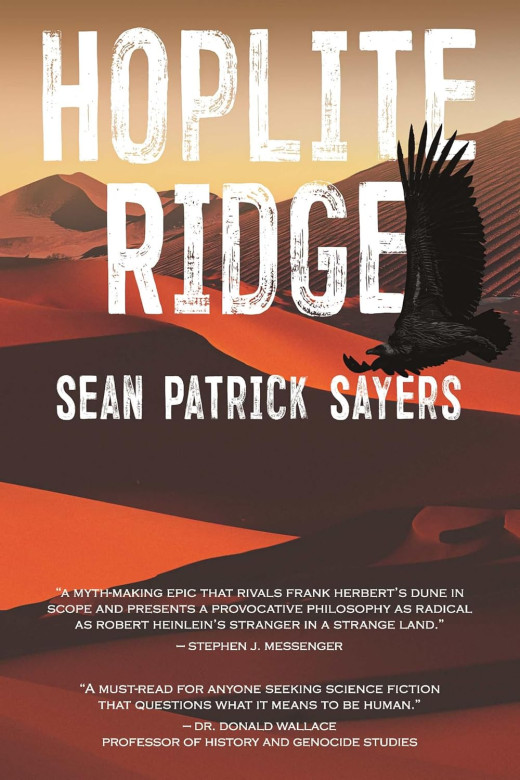
A masterful blend of speculative science fiction, allegorical mythology, and visionary fantasy, Hoplite Ridge by Sean Patrick Sayers is a sparkling and original glimpse into the past, present, and future of humanity.
The timeless conflict between mortals and gods has reached another apocalyptic turning point, and on the blasted world of Elysium, humanity’s fate once again hangs by a fraying thread. Osiris, a ruthless god of destruction, arises once more to wipe mortals from existence, convinced that they have once again reached too close to heaven, with their technology threatening to tear a hole open into the realm of the gods. However, not every divine denizen has the same antagonism towards mortals, setting the stage for a cosmic showdown millennia in the making.
On the human scale, however, the sudden reappearance of a god sets a chain reaction into motion that could bring an empire to its knees, or wipe it off the face of the planet forever. Mars and Ares Augustus are the imperial brothers who must shoulder this existential burden and prepare for the end of their entire civilization. Poised on the brink of oblivion, the legendary Hoplite Battalion of Elysium must take on an impossible task – to go to war against the gods themselves.
Epic in its scope and scale, this novel is an imaginative masterpiece that forces readers to reckon with fundamental questions about existence, morality, humanity, and duty. That bold message is coupled with the general apocalyptic storyline of humanity’s recurring hubris, a species that repeatedly pushes its planetary boundaries of sustainability with catastrophic consequences. This fundamental premise of the novel is a hard elbow nudge in the side of contemporary readers living in today’s rapidly unfolding disasters on a number of fronts.
Within this story of gods and men, the author proposes a Techno-Enlightenment philosophy, one in which technology is viewed as a critical component on the path to enlightenment, and may be the key to accessing a higher consciousness. Sayers’ proposed “ethical integration of technology and spirituality” underscores much of this genre-synthesizing novel, challenging the reader’s views on mortality and the afterlife, as well as the spiritual alienation that so many of us suffer from in today’s hyper-individualized world.
Even more compelling, the author toys with a contentious theory of anthropology – the existence of a supremely advanced human civilization that disappeared from the face of the Earth approximately 12,000 years ago. While some people look to the heavens for an extraterrestrial explanation for this theory, this book instead suggests a divine connection, and these two seemingly opposed ideas commingle on these pages in fascinating ways. For those who wonder what overlaps exist between our human capabilities and the gods themselves, this book offers a setting for rich philosophical discourse, and a powerful allegory.
On the technical side, though great care was taken to produce the effortless flows of lyrical lines and scene-painting descriptions, the prose can also be inconsistent in its quality and tone. The author prefaces the book with a blanket apology for the unusual linguistic choices, but there are also several idiomatic or anachronistic moments that don’t feel at home in this expansive sci-fi/fantasy world. Finally, both the cover and title are a bit incongruous to the full breadth of the story, and could make a potential reader think the novel is a Western.
Despite these minor critiques, this is a sprawling, ambitious, and remarkably profound novel that impressively combines both apocalyptic science fiction and fantasy, with overt messages and subtle undertones that echo long after the last page.
Book Links
STAR RATING
Design
Content
Editing
Get an Editorial Review | Get Amazon Sales & Reviews | Get Edited | Get Beta Readers | Enter the SPR Book Awards | Other Marketing Services





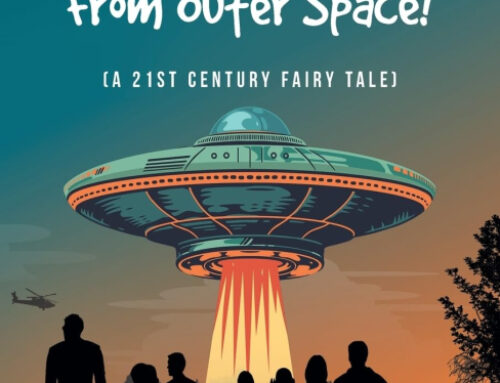


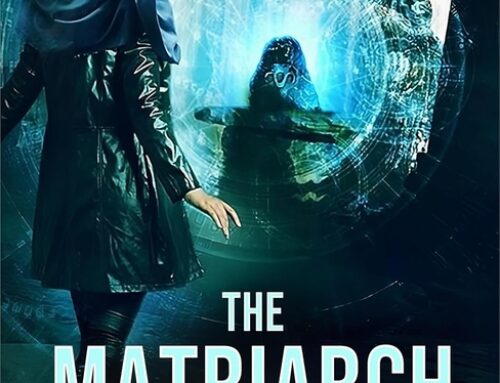




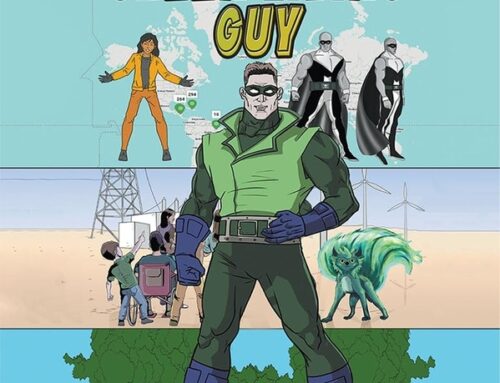
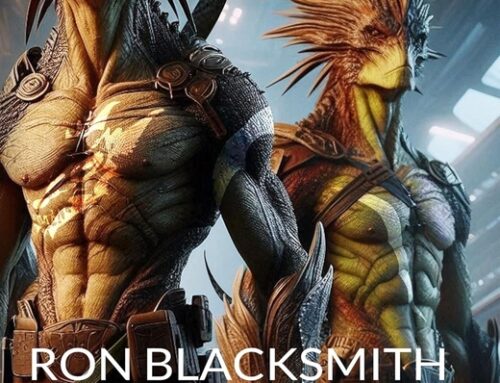


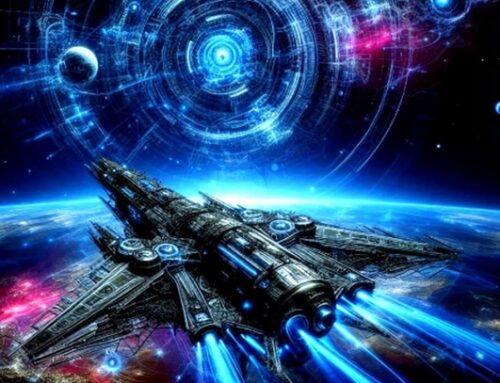





Leave A Comment